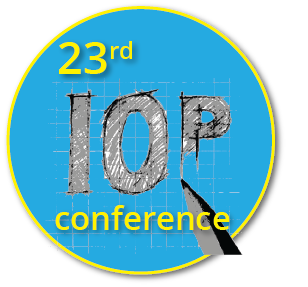Positive Pedagogues: Architecture for Well-being in the Classroom
Presentation by: Shenaz Hanif-Shahban
Session A | 9:20 – 9:40 | Room 204A
Abstract:
As teachers know, through learning activities and sheer observation, students absorb information about well-being in the classroom (Seligman et al., 2009). A holistic well-being model such as PERMA (Seligman, 2009), can help to equip teachers with skills to structure learning activities and learning environments around principles of well-being. PERMA, an acronym collectively referring to: positive emotion, engagement, relationships, meaning and achievement, is the culmination of decades of research studies and literature on well-being by Martin Seligman, from the University of Pennsylvania, the site of the Positive Psychology Centre.
PERMA rests upon Aristotelian propositions of eudaimonia (Seligman & Csikszentmihalyi, 2014). In his Nicomachean ethics, Aristotle describes eudaimonia as a state of human flourishing that requires effort and improvement; contrasted with hedonism, which, simply put, operates upon the pleasure principle (Aristotle, Bartlett & Collins, 2011). PERMA is important to teaching practice today due to its versatile application across diverse student needs in plural classrooms (Seligman et al., 2009). With the well known heightened awareness for student mental health in classrooms, alongside concerns pertaining to immigrant and refugee students, teachers in diverse classrooms would especially benefit from using of PERMA to increase both dialogue about, and overall well-being of students.
Join this interactive presentation to learn the roots of the PERMA model to help inform daily learning activities in the classroom with easy to apply techniques.
Key words: Well-being, Positive Psychology, PERMA, Classroom

